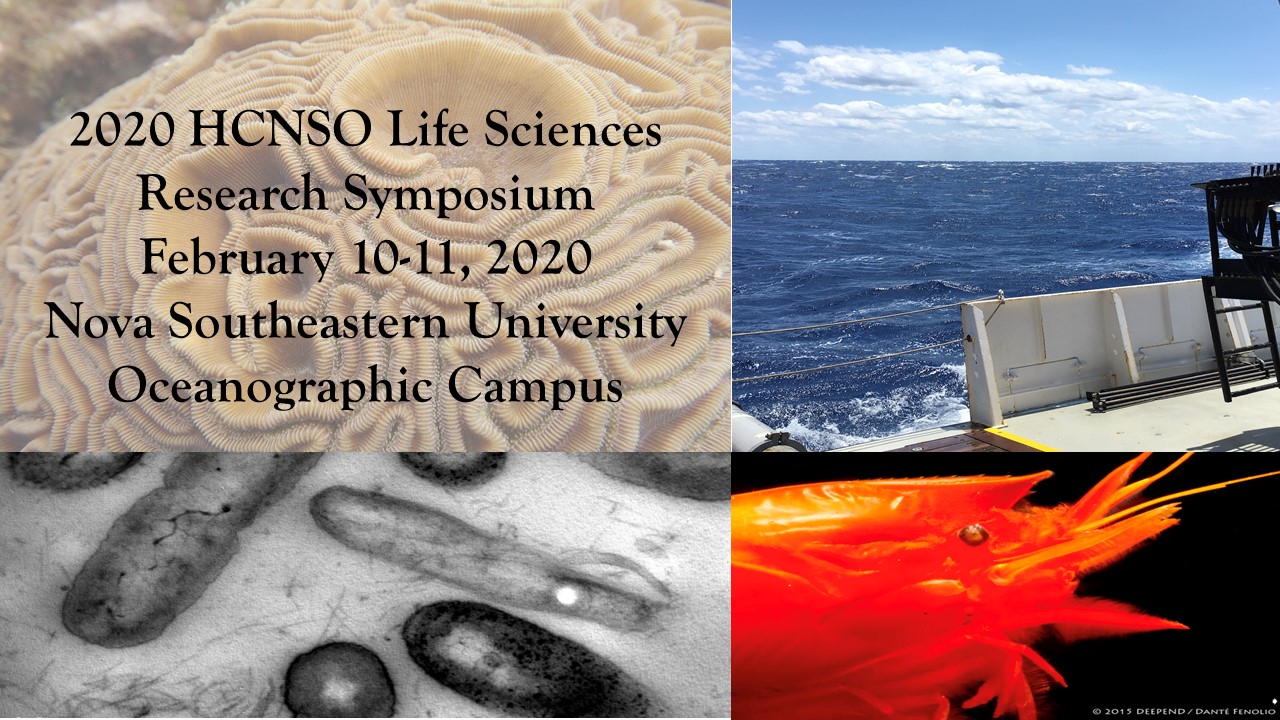Using Track Widths of Loggerhead (Caretta caretta) Sea Turtles as a Proxy for Predicting Nesting Characteristics
Start
2-10-2020 3:00 PM
End
2-10-2020 3:30 PM
Type of Presentation
Poster Presentation
Abstract
Global populations of all seven extant sea turtle species are declining, with all six species that occur in the United States listed as endangered or vulnerable. These population statuses highlight the pressing importance of defining and accumulating accurate demographic parameters and abundance estimates in order to inform effective conservation strategies. Sea turtles are long-lived species with wide habitat ranges and delayed maturity, characteristics that result in slow population growth and response rates as well as increased vulnerability to environmental and anthropogenic changes. Population models with greater complexity and predictive capacities are necessary in order to more accurately assess population trends and responses. This study examines the relationship between sea turtle track width and female body size, as measured by straight and curved carapace lengths (SCL and CCL) of loggerhead (Caretta caretta) and green (Chelonia mydas) turtles nesting on Broward County, Florida beaches. The relationships between track width and multiple nesting characteristics (e.g. chamber depth, clutch size, hatch success, beach positioning) were also investigated. A positive relationship between track width and SCL was found and then used to create various models to extrapolate correlated nesting characteristics from the measured track width data of nesting females. Models such as these can allow for the analysis of sea turtle population changes over time in conjunction with environmental variation, as well as enable comparisons between past, present, and future populations at much larger scales than currently possible.
Using Track Widths of Loggerhead (Caretta caretta) Sea Turtles as a Proxy for Predicting Nesting Characteristics
Global populations of all seven extant sea turtle species are declining, with all six species that occur in the United States listed as endangered or vulnerable. These population statuses highlight the pressing importance of defining and accumulating accurate demographic parameters and abundance estimates in order to inform effective conservation strategies. Sea turtles are long-lived species with wide habitat ranges and delayed maturity, characteristics that result in slow population growth and response rates as well as increased vulnerability to environmental and anthropogenic changes. Population models with greater complexity and predictive capacities are necessary in order to more accurately assess population trends and responses. This study examines the relationship between sea turtle track width and female body size, as measured by straight and curved carapace lengths (SCL and CCL) of loggerhead (Caretta caretta) and green (Chelonia mydas) turtles nesting on Broward County, Florida beaches. The relationships between track width and multiple nesting characteristics (e.g. chamber depth, clutch size, hatch success, beach positioning) were also investigated. A positive relationship between track width and SCL was found and then used to create various models to extrapolate correlated nesting characteristics from the measured track width data of nesting females. Models such as these can allow for the analysis of sea turtle population changes over time in conjunction with environmental variation, as well as enable comparisons between past, present, and future populations at much larger scales than currently possible.


